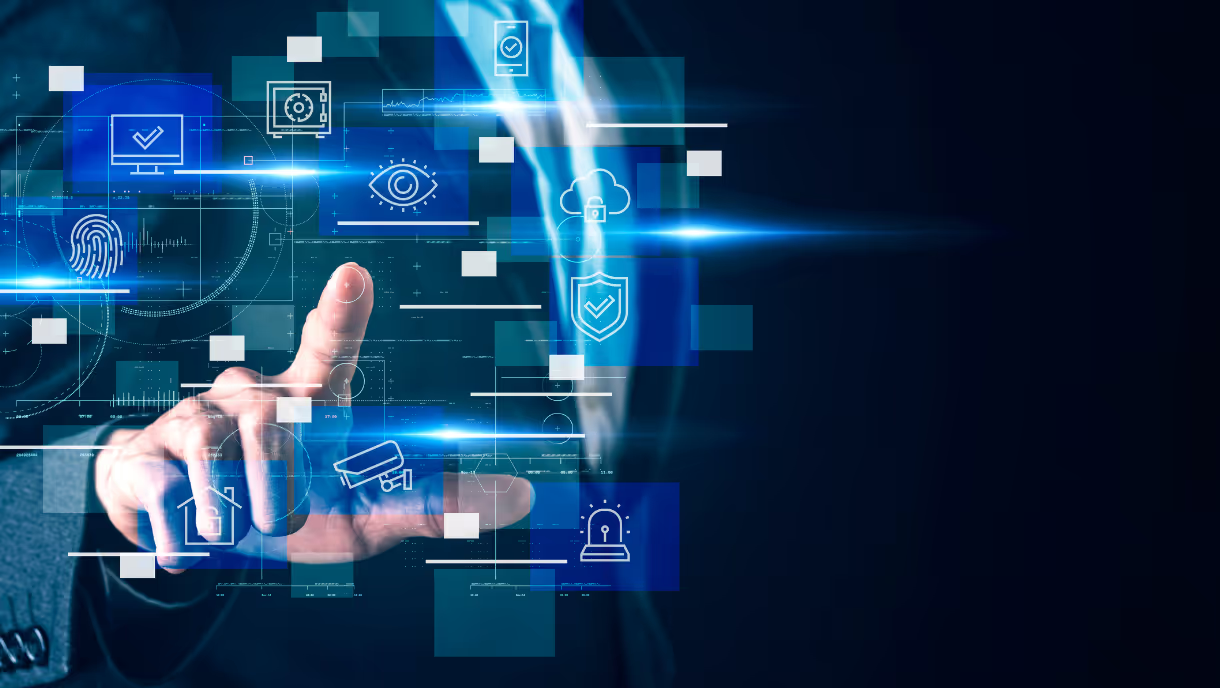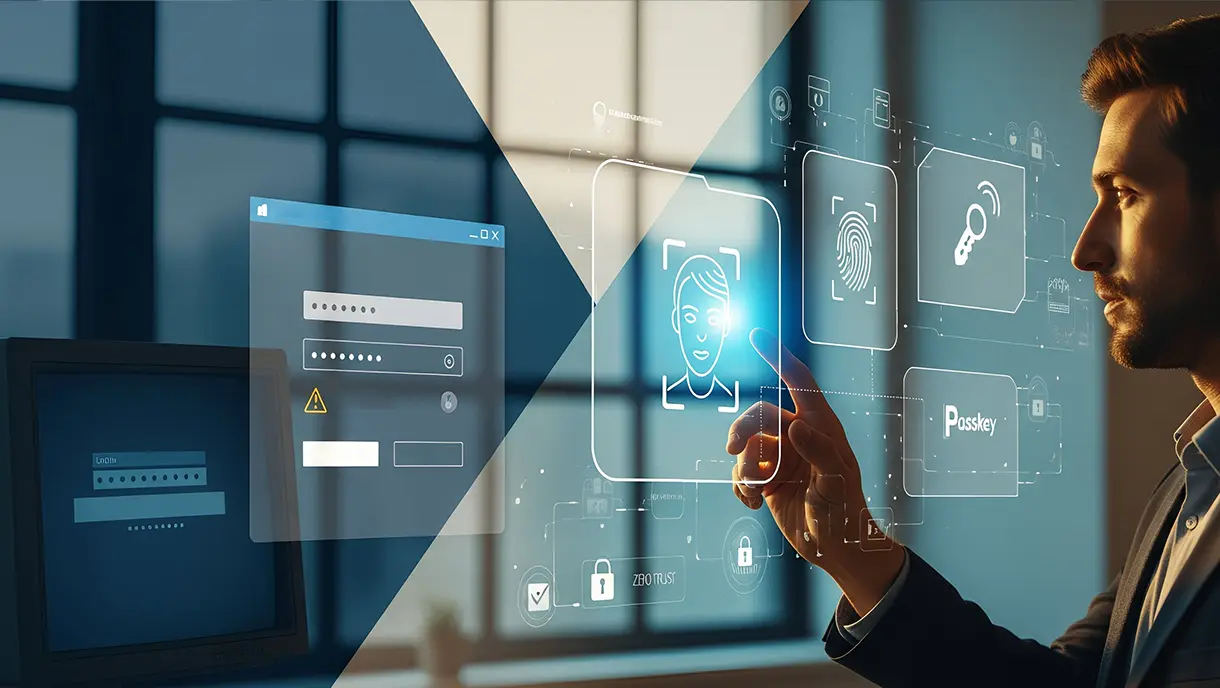Passwordless vs Traditional Logins: Which Is Better?
As cyber threats grow more advanced, traditional password systems struggle to keep up due to vulnerabilities like phishing and password reuse. Passwordless authentication—using biometrics, security tokens, or one-time codes—offers stronger security, a better user experience, and reduced IT overhead. While traditional methods are simpler to implement, passwordless solutions scale better and future-proof organizational security. A hybrid approach can ease the transition. With support from tech giants, passwordless is rapidly becoming the new standard in cybersecurity.

In the rapidly evolving landscape of cybersecurity, the debate between passwordless authentication and traditional password systems is becoming increasingly relevant.
Both methods aim to protect sensitive information, but they do so in fundamentally different ways. As cyber threats grow more sophisticated, understanding the strengths and weaknesses of each approach is crucial for businesses and individuals alike.
Traditional Password Systems
How They Work
Traditional password systems are the most common form of authentication. Users create a password, which is stored securely on a server. When they log in, the password they enter is compared to the stored one. If they match, access is granted.
Advantages
- Simplicity: Easy to implement and understand for both users and administrators.
- Cost-Effective: Generally inexpensive to deploy, especially for small businesses.
- Widely Supported: Compatible with nearly all systems and software.
Disadvantages
- Security Risks: Passwords can be stolen, guessed, or cracked through methods like phishing, brute force, and social engineering.
- User Burden: Users often create weak passwords or reuse them, increasing vulnerability.
- Management Overhead: Requires regular updates, resets, and complex policies to maintain security, leading to administrative burden.
Passwordless Authentication
How It Works
Passwordless authentication eliminates the need for passwords altogether. Instead, it relies on alternative methods such as biometrics (fingerprint or facial recognition), hardware tokens, one-time codes sent via SMS or email, or authentication apps.
Advantages
- Enhanced Security: Reduces the risk of password-related attacks since there are no passwords to steal.
- User Convenience: Simplifies the login process, reducing friction and improving user experience.
- Reduced Management: Lowers the burden of password management, updates, and resets for IT departments.
- Scalability: Easily scalable for organizations of all sizes.
- Adaptability: Can be integrated with various platforms and devices.
Comparative Analysis
Security
Passwordless authentication generally offers superior security. It removes the risk of many common attack vectors such as phishing and brute-force attacks. Biometrics are harder to replicate, although no system is completely immune—SMS OTPs can be intercepted, and biometric systems must guard against spoofing.
User Experience
Passwordless authentication usually provides a better user experience. Users don’t have to remember complex passwords or deal with frequent resets. Methods like fingerprint or facial scans are faster and more intuitive.
Implementation and Cost
Traditional password systems are cheaper and easier to set up initially, especially for smaller companies. However, passwordless authentication offers long-term savings by reducing IT overhead and lowering breach-related costs. Its scalability also benefits growing organizations.
The Future of Authentication
As cyber threats continue to evolve, the shift toward passwordless authentication is inevitable. Tech giants like Microsoft and Google already support it in their ecosystems. For businesses, adopting passwordless solutions reflects a proactive stance on security and user satisfaction.
A hybrid approach—combining both traditional and passwordless methods—can help ease this transition while boosting overall security and usability.
Conclusion
Both methods have their place in today’s digital world. While traditional passwords are simple and affordable, their vulnerabilities make them risky. Passwordless authentication enhances security, user experience, and operational efficiency—making it the smarter long-term investment for organizations.
The Future is Passwordless
Traditional passwords are becoming obsolete. A passwordless authentication platform offers a more secure, convenient, and cost-effective solution. As technology progresses, this approach is expected to become the new standard in cybersecurity.
Learn more about OLOID's MFA solution!
FAQs
1. Is passwordless authentication completely secure?
While highly secure, no system is foolproof. However, passwordless authentication offers a significant leap forward in security compared to traditional passwords.
2. What are some common passwordless authentication methods?
Facial recognition, fingerprint scanning, security keys, and one-time codes are all popular choices.
3. Can I still use passwords with passwordless authentication?
Some systems offer a hybrid approach, allowing users to choose between passwords and passwordless methods.
4. Is passwordless authentication suitable for all businesses?
Yes! Passwordless authentication benefits businesses of all sizes by enhancing security, improving user experience, and reducing IT costs.
Get the latest updates! Subscribe now!







